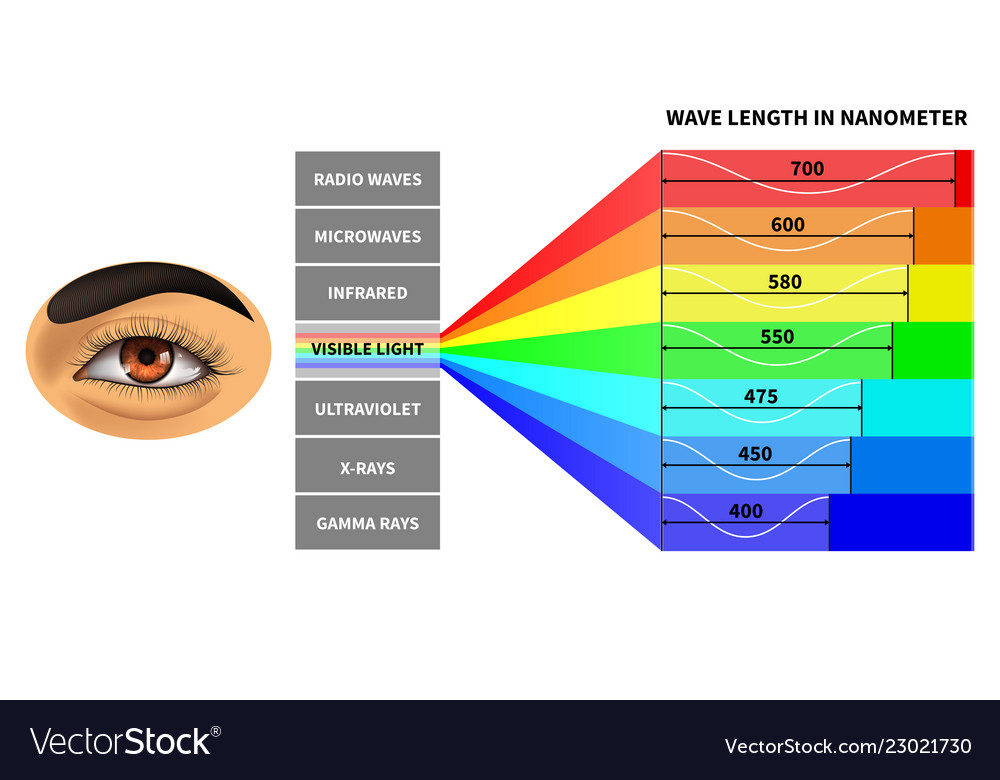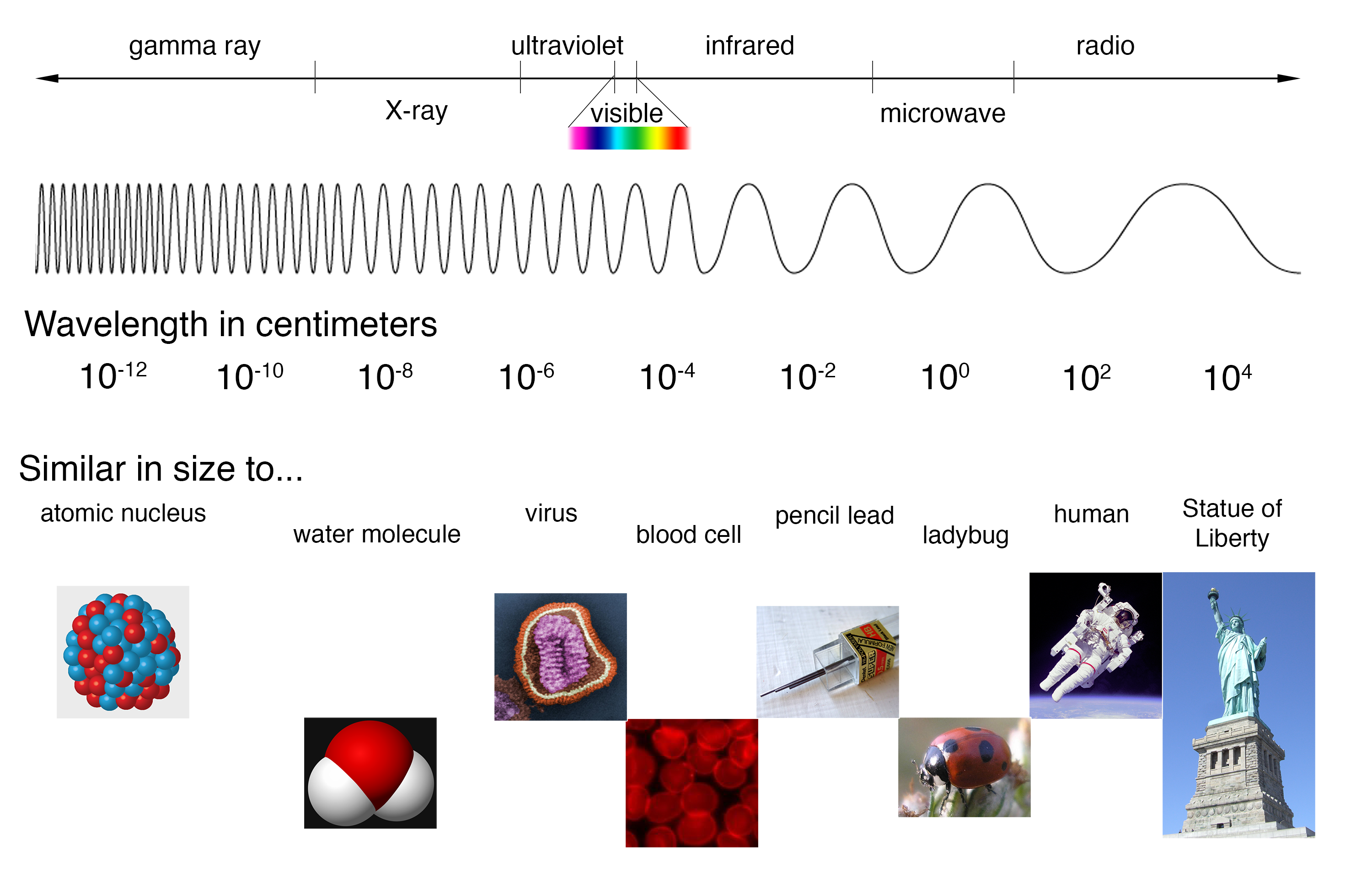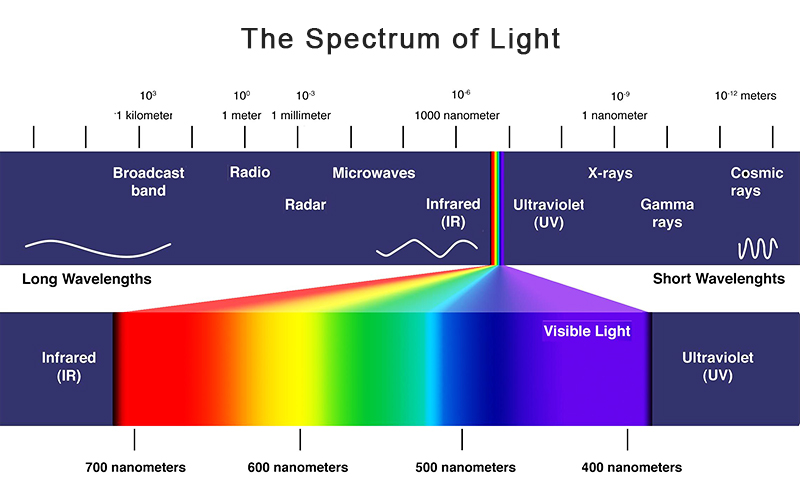Special Education Needs & Disabilities (SEND)
RESOURCES FOR INCLUSION OF EVERY UNIQUE PERSON !
After all , what is Autism SPECTRUM !
SPECTRUM IN LIFE, AND SPACE-TIME :::===--->>
???✨???✨???❣
SO MUCH CONTINUOUS VARIATIONS OF TYPES AND QUANTUMS IN DIFFERENT LIVING ORGANISMS
( MATTER OF ATOMIC PARTICLES OR QUANTUM WAVES ) !
???✨???✨???❣
- Mind maps of people or children of SEND !
ADHD ==>
Attention deficit hyperactivity disorder (ADHD). ADHD is an umbrella term which includes Attention Deficit Disorder with Hyperactivity (ADHD) and Attention Deficit Disorder (ADD) without hyperactivity. Attention deficit hyperactivity disorder (ADHD) is a complex neurodevelopmental disorder that can affect a child’s success at school, as well as their relationships. The symptoms of ADHD vary and are sometimes difficult to recognize. Any child may experience many of the individual symptoms of ADHD. - Attachment Disorder
- AUTISM Spectrum Disorder ( ASD )
Autism spectrum disorder (ASD), usually called autism, is something you’re born with. Autism means that the way you think about and experience the world is different to most people. This means you can behave differently to most people, and have different strengths and difficulties. For example, some autism characteristics (things you think, feel and do) can make it hard to express yourself in social situations, but you may also be particularly knowledgeable and passionate about topics that interest you.
Read more about characteristics of autism here
Autism is highly variable – the word ‘spectrum’ refers to how autism is experienced differently by different people. Autism is considered a spectrum because it’s different for every autistic person – some autistic people might need more support than others to live the lives they want to lead. The way autism affects you can change as you grow and develop, and experience different environments.
- DYSCALCULIA
- DYSGRAPHIA
- DYSLEXIA
- DYSPRAXIA
- Oppositional Defiance Disorder ( ODD )
- PATHOLOGICAL DEMAND Avoidance ( PDA )
- Sensory Processing Disorder ( SPD )
- Spectrum has a broad widespread of continuous variations of Energy-diversity and their different forms., as shown below :---)

-------------------------------------------~~~~~~~~~~~~~~~~~~~~~~~~~~~~~~~~~~###################~~~~~~~~~~~~~~~~~~~~~~~~~~~~~~~----------------
SPECIFIC LEARNING DIFFERENCES = SP LD S
What does the term Specific Learning Difference Mean?
The term ‘Specific Learning Difference’ (SpLD) refers to a difference/difficulty people have with particular aspects of learning.
The most common SpLDs are
dyslexia,
dyspraxia,
attention deficit disorder (ADD),
{ADD OR ADHD ??? => The confusion dates to 1994. That's when doctors decided all forms of
attention-deficit disorder would be called "attention-deficit/hyperactivity disorder,"
even if the person wasn't hyperactive}.
Now it's called ADHD, inattentive type, or ADHD, hyperactive/impulsive type, or ADHD, combined type.}
attention deficit hyperactivity disorder (ADHD),
dyscalculia and
dysgraphia.
All SpLDs exist on a spectrum from mild to moderate through to severe. Common patterns of behaviour and experience do exist but there will be a range of different patterns of effects for each individual.
SpLD’s are independent of intellectual ability, socio-economic or language background.
----------------------------------------------------------------------------------------------------------------------------------------------------------------------------------------------------------
GDD :::-->
WHAT IS GLOBAL DEVELOPMENTAL DELAY?
======================================================***********************************===============================================
SUPPORTING RESOURCES FOR PEOPLE / CHILDREN WITH SEN & D ==>>
SOME VIRTUAL EXPERIMENTS BY LGFL !
Basic Experiments online - for Years 3 & 4 !
Raising and Nurturing Children for their positive progress
in an overall happy environment both in school and home !
DODDLE RESOURCES FOR SCERTS
- Teachers to login to doddle first and then go to the subject of scerts, then to the resources tab on the left top tabs and choose the departmental stuff for P-levels; English primary resources and send assessment and feedback forms.
{ Social Communication (SC), Emotional Regulation (ER) & Transactional Support (TS) }
PECS :::--
PICTURE EXCHANGE COMMUNICATION SYSTEM (PECS)
is a systematic method to teach or train a child / person, how to communicate with someone else by handing / showing them a picture of what they want from a set of different pictures of vocabulary and meaningful components of different sentences as per the context.
TWINKL - SEND AND GRADUAL STRESS-FREE RESOURCES AND INTERACTIVES !!!
Some free Online Courses including SEND !C
==#> FREE SEND ONLINE COURSE BY EDUCATION & TRAINING FOUNDATION OF THE SOCIETY FOR EDUCATION & TRAINING : SET , UK. ( FORMERLY, THE INSTITUTION FOR LEARNING, IFL , UK )
##***##>RESOURCES & ONLINE TRAINING FROM "NASEN"(NATIONAL ASSOCIATION OF SPECIAL EDUCATIONAL NEEDS), WHICH IS A CHARITY ORGANISATION WHO HAVE BEEN OPERATING SINCE 1992, UK.
Council for Disabled Children !
Different types of SEN -
Special Educational Needs !
LGFL- RESOURCES FOR ALL & STUDENTS OF SEND !
LGFL - WIDGETS - SYMBOLIC LANGUAGE WORDS THROUGH PICTURES - By London Grid For Learning !
How to teach Children with ADHD ?
How to teach Children with Autism ?
Some of the key steps in training the persons within about the Broad Spectrum range of so called ASD...
How to teach College students with SEN- Autism ?
Tips for Teaching Children with ADD & ADHD !
GO BACK TO HOME PAGE ??
Definitions and Descriptions of
different SEND
with their Broad Spectrum or various symptoms :
AUTISM as per NHS {The National Health Service is the publicly funded national healthcare system for England and one of the four National Health Services for each constituent country of the United Kingdom. It is the largest single-payer healthcare system in the world. Wikipedia UK }
INDICATORS OF AUTISM IN COLLEGE STUDENTS OR ADULTS AS PER ADDITUDE !
---------------------------------------------------******************************************--------------------------------------------------------------------
ADHD as per the NHS, UK. {The symptoms of Attention Deficit Hyperactivity Disorder (ADHD) can be categorised mainly into 2 types of behavioural problems: inattentiveness, and hyperactivity and impulsiveness.}
Related conditions in adults with ADHD
As with ADHD in children and teenagers, ADHD in adults can occur alongside several related problems or conditions.
One of the most common is depression. Other conditions that adults may have alongside ADHD include:
- personality disorders – conditions in which an individual differs significantly from the average person in terms of how they think, perceive, feel or relate to others
- bipolar disorder – a condition affecting your mood, which can swing from one extreme to another
- obsessive compulsive disorder (OCD) – a condition that causes obsessive thoughts and compulsive behaviour
The behavioural problems associated with ADHD can also cause problems such as difficulties with relationships and social interaction.
GO BACK TO HOME PAGE ??
---------------------------------------------------------------------------------------------------------------------------------------------------------------------
EPiLePSY -as per the NHS :
Epilepsy is a common condition that affects the brain and causes frequent seizures.
Seizures are bursts of electrical activity in the brain that temporarily affect how it works. They can cause a wide range of symptoms.
Epilepsy can start at any age, but usually starts either in childhood or in people over 60. It's often lifelong, but can sometimes get slowly better over time.
-----------------------------------------------------------------------------------------xxxxxxx----------------------------------------------------------------------------------------------------
Dyslexia is a common learning difficulty that can cause problems with reading, writing and spelling.
It's a specific learning difficulty, which means it causes problems with certain abilities used for learning, such as reading and writing.
Unlike a learning disability, intelligence isn't affected.
It's estimated up to 1 in every 10 people in the UK has some degree of dyslexia.
Dyslexia is a lifelong problem that can present challenges on a daily basis, but support is available to improve reading and writing skills and help those with the problem be successful at school and work.
------------------------OOOO---------------------
GO BACK TO HOME PAGE ?? OR CONTINUE ON THIS PAGE
Tourette's Syndrome - as per the nHS.
Tourette's syndrome is a condition that causes a person to make involuntary sounds and movements called tics.
It usually starts during childhood, but the tics and other symptoms usually improve after several years and sometimes go away completely.
There's no cure for Tourette's syndrome, but treatment can help manage symptoms.
People with Tourette's syndrome may also have obsessive compulsive disorder (OCD), attention deficit hyperactivity disorder (ADHD) or learning difficulties.
-............................................................................................###################..........................................................................................-
Tics are fast, repetitive muscle movements that result in sudden and difficult to control body jolts or sounds.
They're fairly common in childhood and typically first appear at around five years of age. Very occasionally they can start in adulthood.
Tics aren't usually serious and normally improve over time. But they can be frustrating and interfere with everyday activities.
Tourette's syndrome, a term that's used when tics have lasted for more than a year, is covered separately.
TYPES OF TICS
There are many types of tic.
Some affect body movement (motor tics) and others result in a sound (vocal or phonic tics).
Examples of tics include:
- blinking, wrinkling the nose or grimacing
- jerking or banging the head
- clicking the fingers
- touching other people or things
- coughing, grunting or sniffing
- repeating a sound or phrase – in a small number of cases, this may be something obscene or offensive
Tics can happen randomly and they may be associated with something such as stress, anxiety, tiredness, excitement or happiness. They tend to get worse if they're talked about or focused on.
They often start with an unpleasant sensation that builds up in the body until relieved by the tic – known as an urge – although they can sometimes be partly suppressed.
Read more about common types of tics.
====================================================================================================================
Children's Autism Pathways -- NHS Trust,... A pdf Document.
-----------------------------------------------------------------------------------------------------------------------------------------------------------------------------------------------------
ECHOLALIA ? -- as per the Healthline ! Parrot-repeat words !
The main symptom of echolalia is the repetition of phrases and noises that have been heard. It can be immediate, with the speaker repeating something right away after hearing it. It can also be delayed, with the speaker repeating something hours or days after hearing it.
Other signs of echolalia may include frustration during conversations, depression, and muteness. A person with echolalia may be unusually irritable, especially when asked questions.
----------------------------------------------------------------------------------------------------------------------------------------------------------------------------------
The Child With Unusual Behaviours - Repetitive Non-Functional Speech And Talking To Self !
--The ABC s of Mental Health .
Echopraxia - the repetition or imitation of others and their dialogues or actions !
==========================================================================================================================================================
Asperger Syndrome -- As Per The National Autistic Society.
What is Asperger syndrome?
This profile was developed as a concept and introduced to the world by British psychiatrist Lorna Wing in the 1980s. The term derives from a 1944 study by Austrian paediatrician Hans Asperger (new evidence about his problematic history has recently been revealed and provoked a big debate).
People with Asperger syndrome see, hear and feel the world differently to other people. If you have Asperger syndrome, you have it for life – it is not an illness or disease and cannot be ‘cured’. Often people feel that Asperger syndrome is a fundamental aspect of their identity.
Autism is a spectrum condition. All autistic people share certain difficulties, but being autistic will affect them in different ways. Some people with Asperger syndrome also have mental health issues or other conditions, meaning people need different levels and types of support.
People with Asperger syndrome are of average or above average intelligence. They don't have the learning disabilities that many autistic people have, but they may have specific learning difficulties. They have fewer problems with speech but may still have difficulties with understanding and processing language.
With the right sort of support, all can be helped to live a more fulfilling life of their own choosing.
This webpage is divided into the following sections:
Read easy-read information about autism.
How common is Asperger syndrome?
Autism, including Asperger syndrome, is much more common than most people think. There are around 700,000 autistic people in the UK – that's more than 1 in 100. People with Asperger syndrome come from all nationalities and cultural, religious and social backgrounds, although it appears to affect more men than women.
=============================================== *********** =========================================************============================================
Signs & Symptoms of AUTISM in Infants, Toddles and Children- in all Male and Female genders
( Gender-Broad Spectrum ) - Check-Listing ;
knowing about Applied Behavioural Analysis (ABA) and
careful-sensitive and knowledgeable parenting for more effectiveness overall happiness,
without much dilemma !
---By Autism Parenting Magazine Limited Kemp House, 160 City Road, London, EC1V 2NX, UNITED KINGDOM
TYPES OF SEN/DISABILITY
Steps in gentle ways of teaching or training persons with ADHD
"" Children with ADHD require more supervision than their peers because of their delayed maturity, forgetfulness, distractibility, and disorganization. Help these students by pairing them with classmates who can remind them of homework and classwork, using student partners to team up on a project, and involving classroom aides as much as you can during and after class. ...""
HIGH FUNCTIONING OR LOW FUNCTIONING AUTISM -- BY VERYWELLHEALTH !
BRAIN & NERVOUS SYSTEM AUTISM HIGH-FUNCTIONING AUTISM
WHAT'S THE DIFFERENCE BETWEEN HIGH AND LOW FUNCTIONING AUTISM?
WORDS CAN BE MISLEADING WHEN IT COMES TO AUTISM By Lisa Jo Rudy | Reviewed by Joel Forman, MD Updated November 29, 2018
:max_bytes(150000):strip_icc():format(webp)/GettyImages-543199481-571a30ab3df78c5640e8a083.jpg)
Marc Romanelli/Getty Images
People with autism are often described as being "high functioning" or "low functioning," but there are no such diagnoses in the diagnostic manual. In fact, now that Asperger syndrome, PDD-NOS, and Autistic Disorder have been removed from the DSM (diagnostic manual) there is only one general category called Autism Spectrum Disorder. While there are now three levels of autism described in the DSM5 (Levels 1, 2, and 3), many people use the terms high and low functioning, as they're less clinical. The problem is that the difference between high and low functioning autism can, in many cases, be based on the personal perspectives of a parent, practitioner, or teacher.
WHAT'S WRONG WITH USING THE TERMS HIGH AND LOW FUNCTIONING AUTISM?
Is a person high functioning if he's verbal and bright but has such severe sensory challenges that he can't stay in school or hold down a job? Is a person low functioning if she can't use spoken language but is a successful visual artist? The terms can cause miscommunication and confusion ...
------------------------------------------------------------------------XXXX--------------------------------------------------------------------------
Video Section
Resources -Sensory Toys and tools for use by Children and Adults with Special Needs -- Aunty Agatha's Little Big Sensory Shop - A guided tour !

